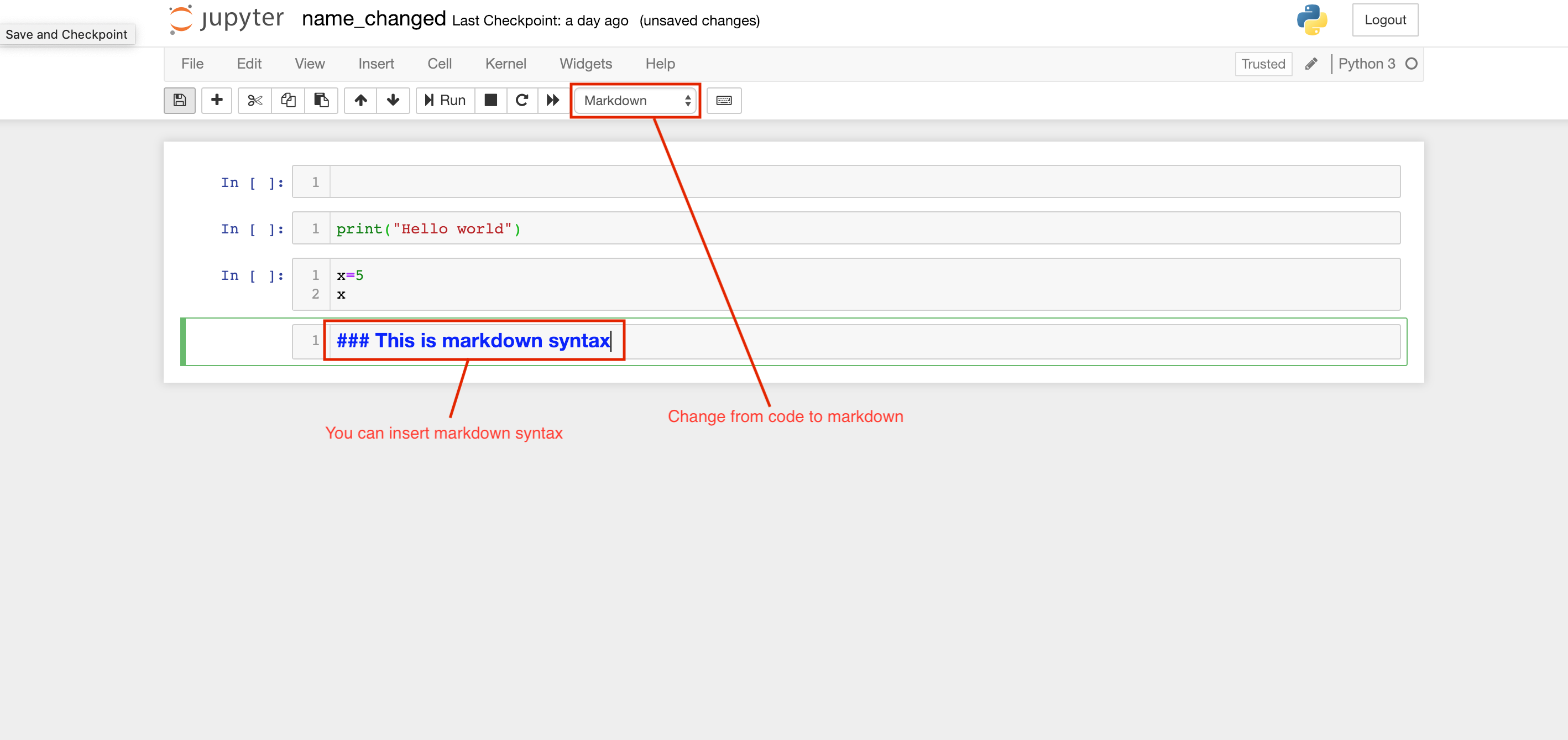

- #INSERT PICTURE IN RMARKDOWN HOW TO#
- #INSERT PICTURE IN RMARKDOWN PDF#
- #INSERT PICTURE IN RMARKDOWN CODE#
Oddly enough, I ended up learning to automate through Keyboard Maestro. “I’m so important none of my job requires automation.”Īfter Andrew’s post, and knowing his brain’s way more prowessy than mine, I figured I ought to dive into it. “I’m paid for the grand prowess of my enormous brain,” I had thought. I’d heard of Automator, but never got around to seeing how it would benefit me. That was, of course, until I read a blog post from Andrew Heiss 1 about converting plain-old text into markdown-formatted text. So now I have to search through all those images to find the right one.įor this reason, I decided that my stats book would be R, then maybe I could tackle a JASP version. But, oops! There are 100 images in there and I accidentally selected the wrong one.
#INSERT PICTURE IN RMARKDOWN HOW TO#
I have found it extremely tedious to write about how to use the JASP interfact, make a screencapture, save the screencapture to the appropriate project folder, search how to insert an image in rmarkdown, then finally type the image path.īut, oops, I misspelled the image name, so now I have to do that weird kinda sorta double-clicky thingy in mac to highlight the name of the file, then copy, then paste. That works well and good for most of everything I do, except for when I’m trying to show users how to use JASP. What I love most about it is the ability to have a one-stop-shop for generating text/R-code/output. ↩︎Ĭode that has been evaluated in one chunk can be referred to or used in subsequent chunks.I love writing in rmarkdown.

Read more on the simple markup language Markdown here.
#INSERT PICTURE IN RMARKDOWN CODE#
Let’s go ahead and create a new R code chunk and look at some of the chunk options.

The keyboard shortcut to do this is Ctrl + Alt + i. Look for the little +C icon in green at the top of your R Markdown, or go to Code > Insert Chunk. The inclusion of code! What’s great is while the default is typically R code, there are quite a few additional code language options that can be stitched together. The third and final component of an R Markdown document is what makes it R Markdown. We’ll talk more about how to customize image sizes and add captions within RMarkdown later in this module.
#INSERT PICTURE IN RMARKDOWN PDF#
There are many additional RStudio cheatsheets for many topics here, and a specific pdf on using R Markdown is available as a pdf here.įor example, to add a figure using Markdown, we can use the following: !(happy_face.png) Under Help > Markdown Quick Reference you’ll find a handy “cheatsheet” to help learn these options. To learn more, while in RStudio, go to the menu and locate Help at the top of the screen. There are a few basic formatting options to do things like make font bold, italicized, add numbered or bulleted lists, or add section headers. Markdown is a simple text language that helps make it very easy to just sit down and type without worrying about formatting, and it works across many different operating systems and applications. The body of our document is typically text written in Markdown 2. How do we make a section or subsection? Read on! Body Text Now each section and subsection of our document will appear in the table of contents. We can add toc: true and toc_float: true to our yaml so it looks like this:. html file, and add some parameters about the table of contents. If we’d like to specify additional options for a specific output, we need to add more lines and indent the argument we want to add. Note, spacing and indentation matters in yaml. See the RStudio R Markdown website for more details on different format options.

There are many possible options here and they can depend on the type of document we want to create, but typically the key pieces are: Every Rmarkdown document uses a yaml header (the bits between the - marks) at the top of the document to tell your computer how R should knit your document together (stitch all the different parts together into a single seamless document). Save that for a trivia question in the future. Yaml stands for yet another markup language. You can toggle the outline/table of contents on and off with the button immediately to the left of the “A” shaped compass.


 0 kommentar(er)
0 kommentar(er)
